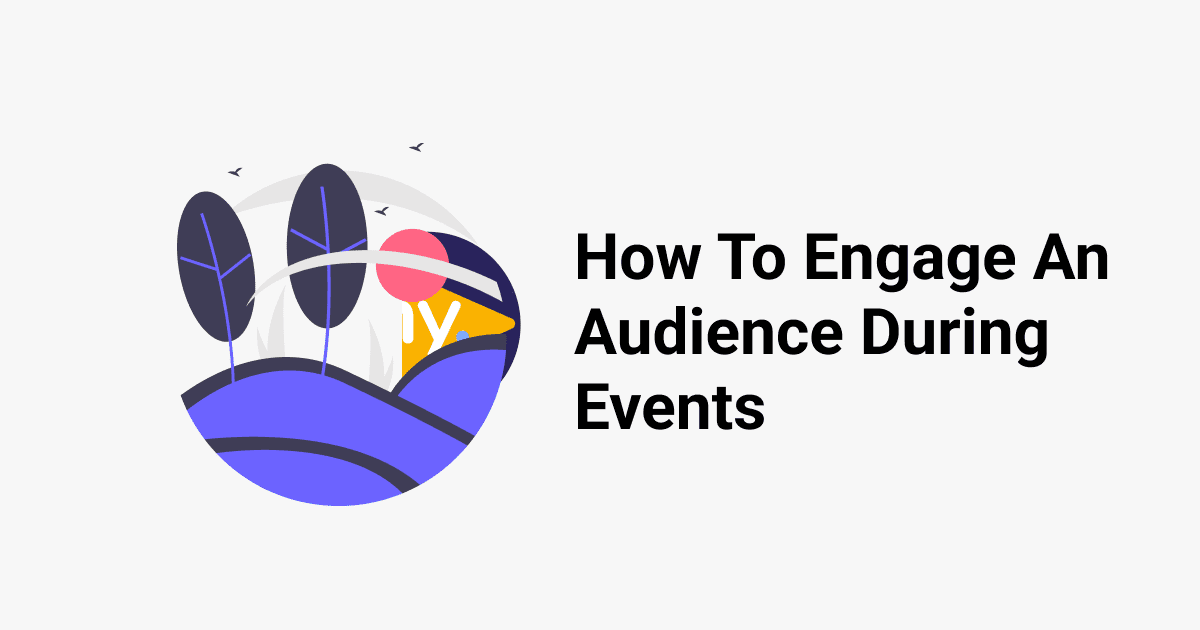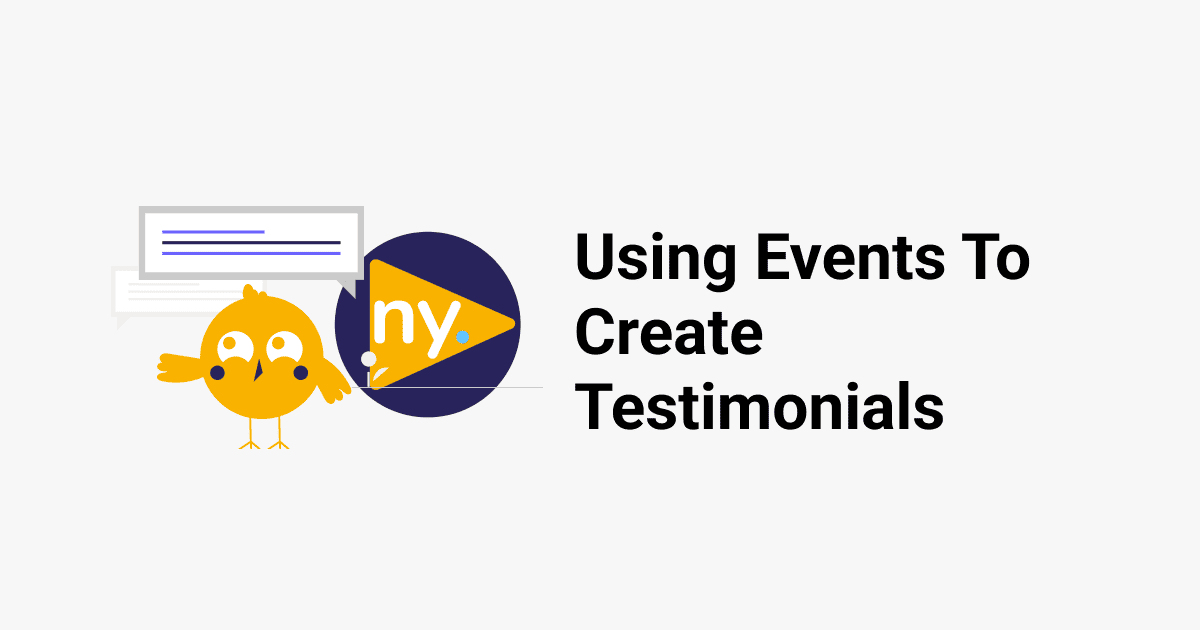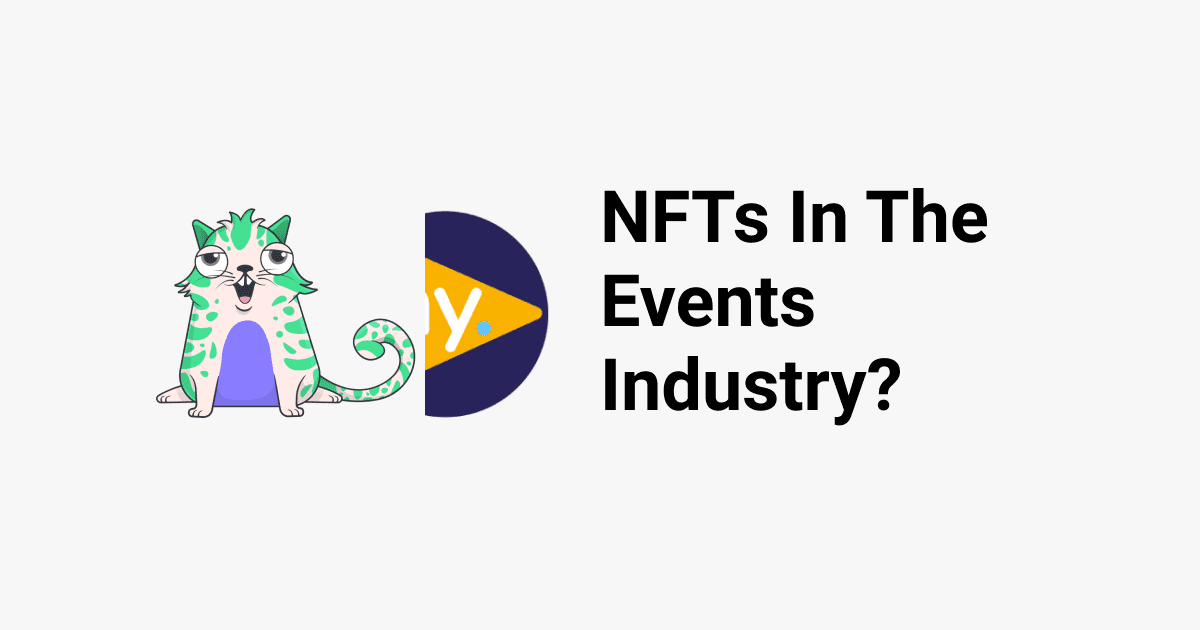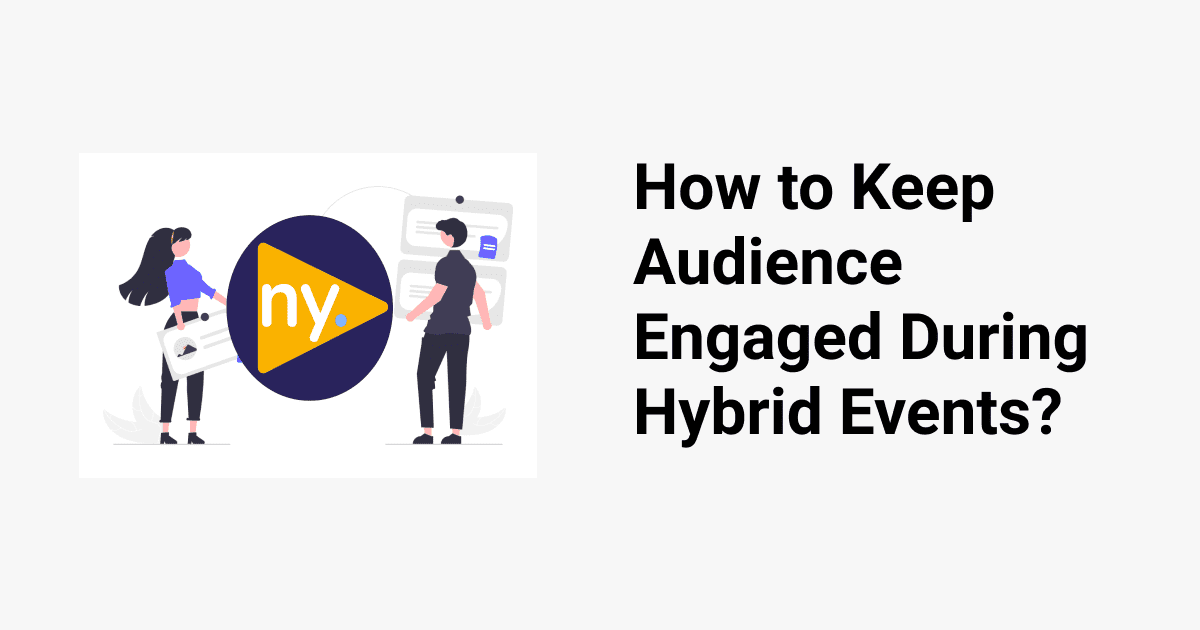Tags – Audience Engagement Hybrid Events
Audience engagement is crucial if you want your event to be a success.
Be it virtual or in person, having an engaged and satisfied audience will go a long way when planning future events and word of mouth for your business.
Right from the early stages of planning to even after your event, it’s important to keep your audience at the front of your mind to give them a positive experience.
Because if you don’t properly understand your audience, you’re going to have a difficult time satisfying their needs, but their needs are what should be the foundation on which your event is even built.
So before you start planning, start collecting information from your potential attendees: interact with them through social media and create a pre-planning survey to see what they want from the event.
During the pandemic, events were forced to shift their events online, but now as things are becoming more under control, many have shifted towards hybrid events.
Simply, hybrid events are a combination of virtual and in-person, allowing attendees to attend either or both.
But whilst you get all the perks of each in one unified experience, it can sometimes be difficult to put your live and online audience on the same level, therefore failing to give them a good experience.
To avoid this from happening, here are 4 ways to keep your audience engaged at your next hybrid event.
1. Create an Eye-catching Stage & Screen
Both your online screens and stage set up need to be well-presented – there’s no doubt about that.
Essentially, this is how you will engage with both audiences, and it’s what they’re going to be looking at for the most of the event.
When designing your set-ups and creating visuals, you’ll want to ensure that it’s aligned with your branding, as well as any sponsors or partners’ branding who are involved. For instance, logos should be prominently placed and where they will make a great first impression.
2. Ice Breakers
As soon as the event starts you should acknowledge both audiences, but especially those who are with you virtually – take a moment right at the beginning to speak with those behind the screen so they feel more involved and not forgotten about.
However, if you’re not too sure how to approach your online audience then why not try a couple ice breakers?
Yes, I know most people groan when they hear the term “ice breaker”, but you don’t have to say that’s what they are.
Instead, ask a few easy questions:
- Where are you dialing in from?
- What’s the weather like there?
- Are there any topics you’re looking forward to?
In essence, there’s nothing wrong with small talk – it’s what humans do. And if your online audience sees you as human, they’ll naturally feel more engaged.
3. Live Q&A Segments
Regardless of if your audience is in-person or online, everyone should have the opportunity to ask questions.
Luckily, there are a few virtual event platforms that provide a way for online attendees to ask questions.
Typically, this a live chat feature but some include more powerful tools like submitting anonymous questions or being put on a virtual stage to ask questions whilst in the spotlight.
Keep in mind though, during your physical setup, your questions from your online audience need to be clearly heard by everyone so make sure you have a projector and speakers at your venue.
On the other hand, if you want your online audience to ask questions via the live chat, you’ll want a designated member to read and ask them to your panel; the chat can still be shown on a projected screen so your in-person audience can see the conversation happening in real-time.
4. Live Polls
Live polls are fantastic for those who are a little more reserved in your audience as they can still take part without taking centre stage.
Ultimately, polling makes an event more interesting to attend and it helps them to retain the information you’re giving to them.
In other words, live polling gives speakers the chance to ask the audience questions and adjust their presentation based on what they need, opening up endless possibilities for engagement that goes beyond simple yes or no answers.
For example, a digital marketer who is teaching about blogging may want to know how long attendees have been writing for themselves.
Final Words
As hybrid events are becoming more and more popular, hosts are having to become more aware of how to meet the demands of virtual audiences.
Overall, if you want to create exciting and highly engaging events, you must properly understand your audience and what they need, as well as create visual content that appeals to them.
Lastly, never forget to neglect your online audience: i.e. if in-person attendees are able to ask questions, virtual ones should have a way to do this too.
To learn more, get in touch with us today.
This blog was produced in collaboration with e-bate: Rebate Management Software; and written by the team at SEO Agency London: Axies Digital.







